What Dyslexia Isn’t….and How to “Fast-Track” Orton-Gillingham Phonics Instruction with Secret Stories®
Brain Based Learning, Dyslexia, ELL, Home School Connection, Homeschoolers, Orton Gillingham, Phonics for Dyslexia, Reading Intervention, Struggling ReadersWhat Dyslexia Isn’t…
As promised, I’ve asked reading specialist, Heather Vidal, to come back and shed more light on dyslexia, what it is, and more importantly, what it isn’t—despite the common misconceptions. If you are a new subscriber, or if you missed Heather’s previous guest post about how she uses Secret Stories® in conjunction with Orton-Gillingham to meet the needs of her dyslexic students, you can read it here.
I would like to preface Heather’s post by addressing the recent debate on use of the term “dyslexia” and its efficacy as a diagnosis for struggling readers, along with the International Dyslexic Association’s definition of dyslexia—
“Dyslexia is a specific learning disability that is neurological in origin. It is characterized by difficulties with accurate and/or fluent word recognition and by poor spelling and decoding abilities. These difficulties typically result from a deficit in the phonological component of language that is often unexpected in relation to other cognitive abilities and the provision of effective classroom instruction. Secondary consequences may include problems in reading comprehension and reduced reading experience that can impede growth of vocabulary and background knowledge.”
Dyslexia and the Brain
A diagnosis of dyslexia can help to shed light on a reader’s struggles and identify the best form of intervention. There is a wide gap between what we know about the brain and how we teach kids to read, and that the most critical variable in effective K-2 literacy instruction is early intervention by way of teacher knowledge and expertise.

It is vital that teachers know about and understand the brain science so as to properly align instruction with the basic tenets of brain based learning, particularly in regard to what research shows is the weakest link in our reading and writing instruction—teaching phonics.
A Guest Post by Heather Vidal, Orton-Gillingham Reading Specialist
Katie has graciously invited me to share more about what dyslexia is (and isn’t!) and why the Secret Stories® method works within a curriculum for dyslexic students. You can read my other post here) As a reading specialist, private tutor and curriculum developer who works specifically with dyslexic students learning to read, I often get questions about what dyslexia is, but it’s actually easier to explain what Dyslexia is not.
What Dyslexia Is NOT
- Dyslexia does not mean that students read entire words or sentences backwards.
While some dyslexic students do flip letters and transverse words, this is not the only sign of dyslexia, and some dyslexic students don’t do this at all.
- Dyslexia is not a sign of low IQ.
In fact, many children diagnosed with dyslexia are found to have higher than average IQ’s. Dyslexia is not correlated with IQ, but a difference in the way a dyslexic person’s brain works.
- Dyslexia cannot be outgrown.
With the proper instructional approach, students can become excellent readers. However, this does not mean that they no longer have dyslexia.
- Dyslexia is not rare.
While numbers vary, the International Dyslexia Association has found that between 15-20% of people have some degree of Dyslexia.

Using Secret Stories® to Fast-Track Orton Gillingham Instruction
So what does all this have to do with Secret Stories®?
At one of the first trainings I took regarding the Orton-Gillingham approach, the trainer explained dyslexia like this—
“Imagine comparing a page of text to a brick wall. An efficient reader can see the mortar in between each brick (letter sound) and the different color variations that each brick possesses (the possibilities of letter sounds). If you were dyslexic, you would know you were looking at a wall, but segmenting each brick would be very difficult.”
Dyslexia can manifest in many ways, but all of these ways come back to students having difficulty reading and spelling (and most often, segmenting words into individual sounds.) Since dyslexia is classified as a neurobiological learning disability, the best way to help dyslexic learners is to utilize instructional methods that are compatible with the way the brains works.
Dyslexia is classified as a learning disability that causes students to struggle with fluency, word recognition, and poor decoding and encoding skills (Lyon, Shaywitz, & Shaywitz, 2003, p. 2). Seventy plus years of research has shown that the best way to help dyslexic kids learn to read is to employ a multi-sensory, phonics and linguistics based approach to reading instruction that offers continuous feedback.
All of these tenets are compatible with Orton-Gillingham and Secret Stories approach, but using the two together (in my opinion) is the best way to help students with dyslexia learn to read well. Secret Stories activates the brain’s earlier-developing social and emotional systems for learning (i.e. the brain’s “back-door”) and provides students with meaningful connections to all of the foundational phonics skills covered in an Orton-Gillingham based curriculum.
Differences Between Secret Stories® and OG
When speaking with Katie a few days ago, she shared some of the questions she receives from teachers asking about the differences between the Orton-Gillingham and Secret Stories methods, so for those who are interested, I’ve made this handy chart of the two reading/phonics programs/tools.
 Hopefully this helps clear up some of the differences, but if you have any questions, please send them my way— TreetopsEducation@gmail.com. You can also check out my Teachers Pay Teachers Store here.
Hopefully this helps clear up some of the differences, but if you have any questions, please send them my way— TreetopsEducation@gmail.com. You can also check out my Teachers Pay Teachers Store here.
By applying a brain based approach to reading instruction through the combined use of these two powerful teaching tools, teachers can reach not only dyslexic students, but all students who struggle with learning to read—providing more meaningful (and fun) ways to learn!
For more information about dyslexia, visit The International Dyslexia Association.
Heather MacLeod Vidal is a Orton-Gillingham certified reading specialist and curriculum writer for Treetops Educational Interventions in St. Petersburg, Florida.
References
Lyon, G.R., Shaywitz, S.E., & Shaywitz, B.A. (2003). Defining dyslexia, comorbidity, teachers’ knowledge of language and reading. Annals of Dyslexia, 53, 1-14.
I am so grateful to Heather for taking the time to share her insight and expertise! If you have any questions or comments for Heather, you can leave them in the comments below and she or I would be happy to answer them.
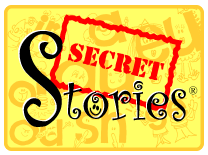
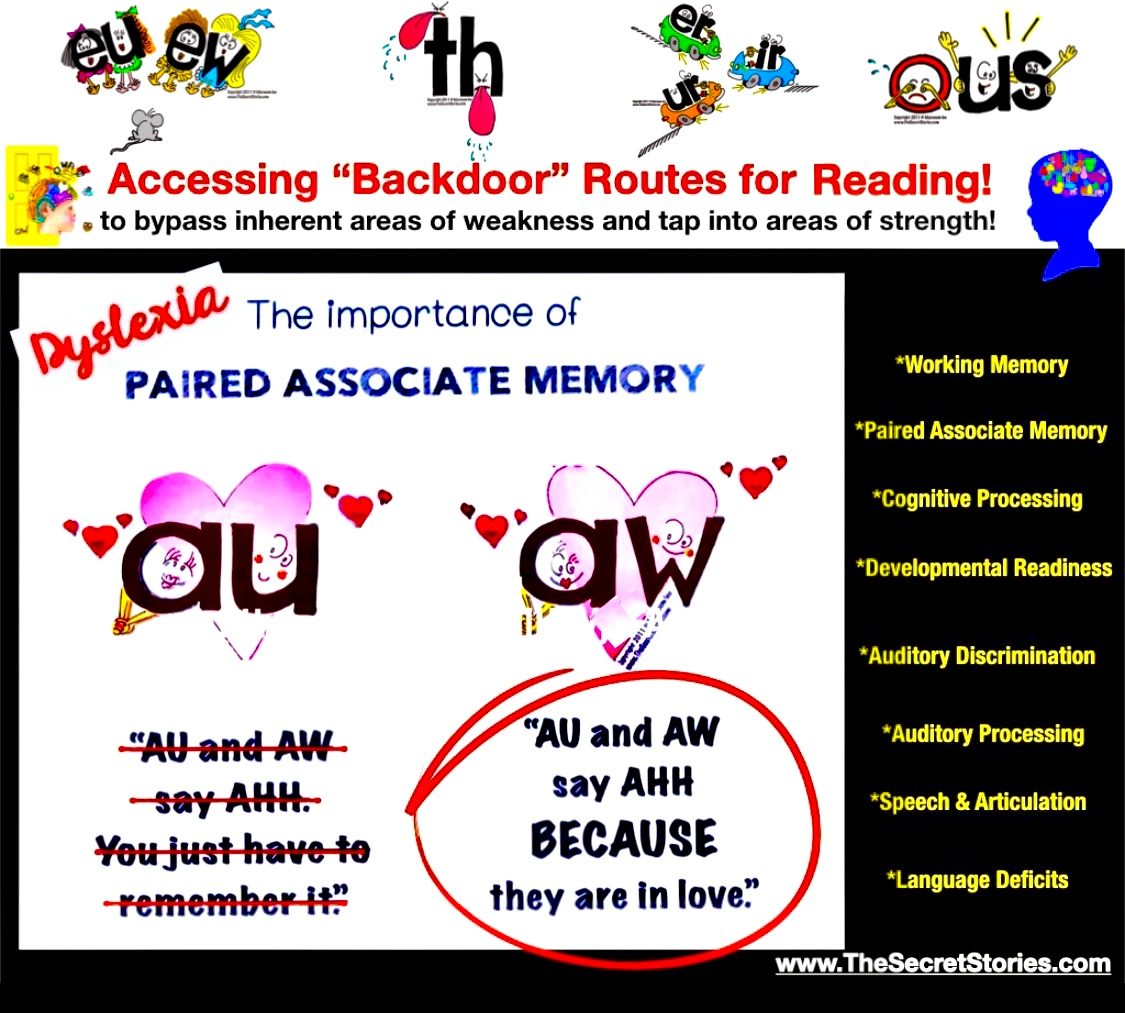
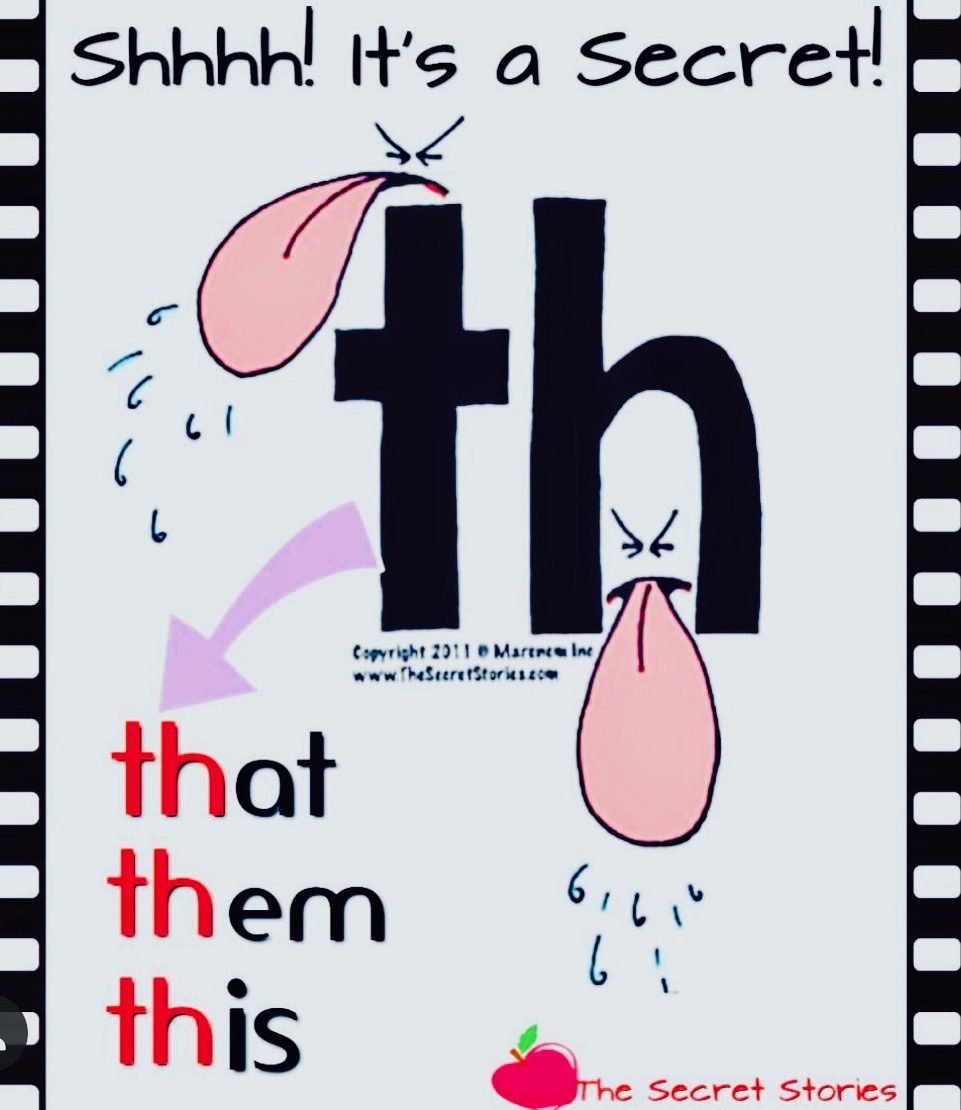

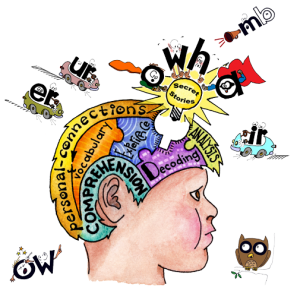
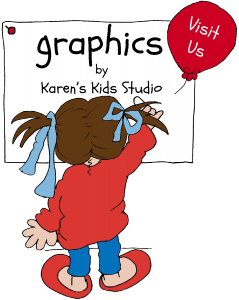

 ®2012
®2012